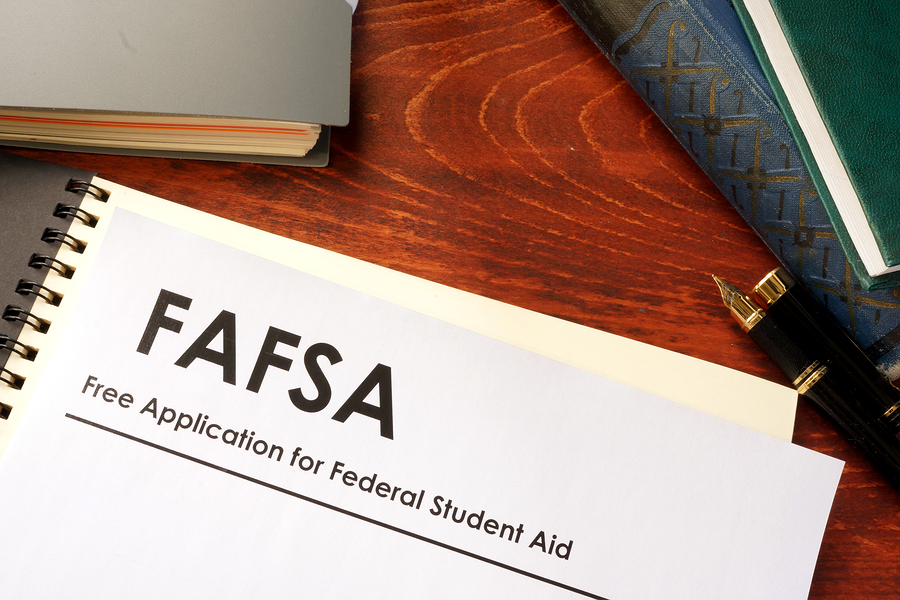
Here are our 7 tips on lowering college costs in 2023 that families can use to save money. We all know that the cost of a college education is off the charts, and for many families affording a college education can be a real challenge. Make a conscious effort to work on these, and it will lower your out-of-pocket costs.
- Compare housing options
- Don’t buy new textbooks
- Consider dual enrollment
- Get a tuition discount
- Attend a college with fixed-price tuition
- Utilize a work-study program
- Graduate on time
Two bonus tips…
- Consider a community college in the first year or two
- Consider being a resident advisor. Many colleges will offer free or reduced room and board
Explore all of your aid options. With that said, parents need to be savvy when it comes to the financial aid process. The more they know about the process, the more likely they will retain more gift-aid. The more gift-aid, the fewer loans needed. Regarding loans, never turn down a subsidized loan(s) is offered and, more importantly, if needed.
Parents should consider retaining professional guidance. A trained expert will assure the family will retain the most financial aid possible. Also, students should always pursue outside scholarships which will help to lower their out-of-pocket costs for a four education. Once on campus, the student should walk into the financial aid office to ask if there are any “in-house” scholarships that they can apply for. Parents should set up a 529 plan early on.
If you wish for more tips or information on how to lower college costs, please contact our office for a free consultation to see if our team can help.





